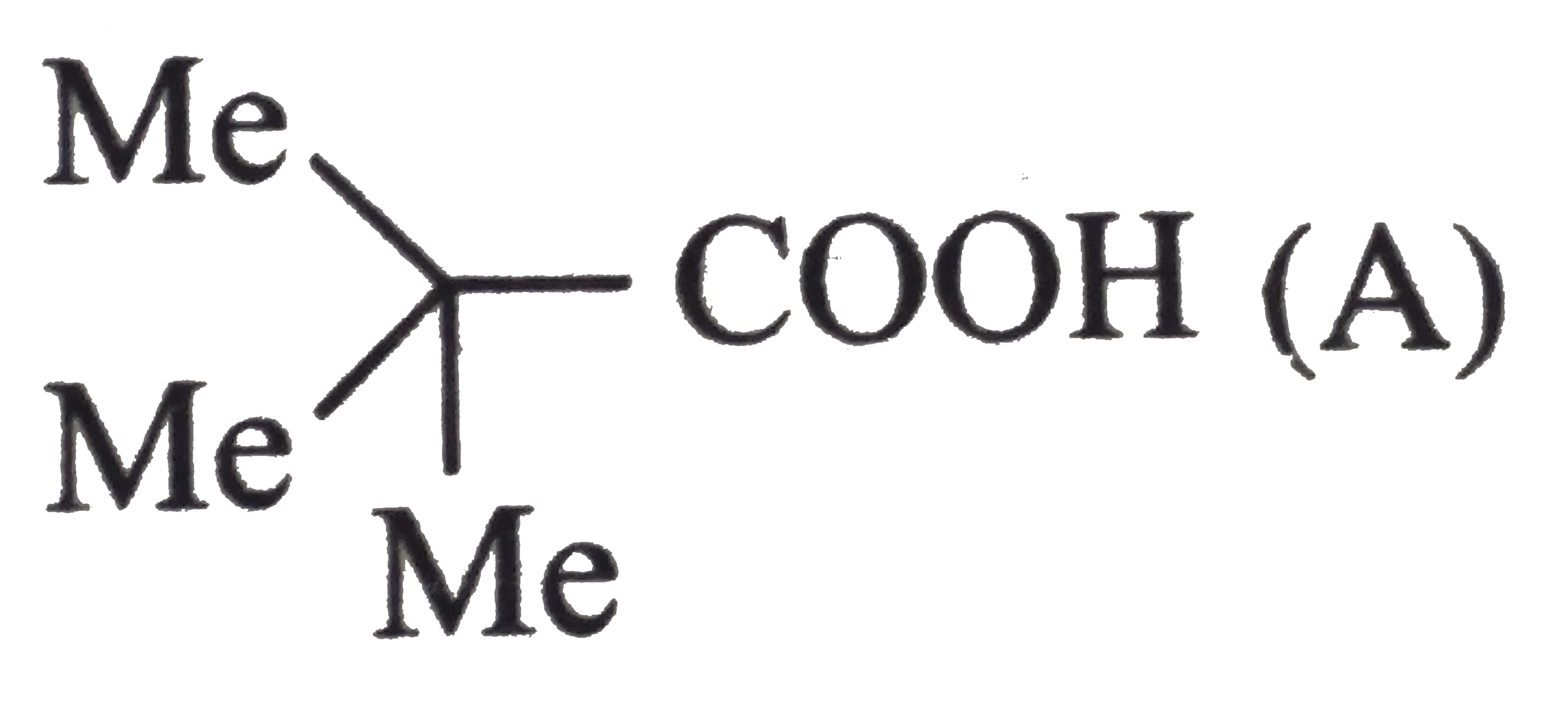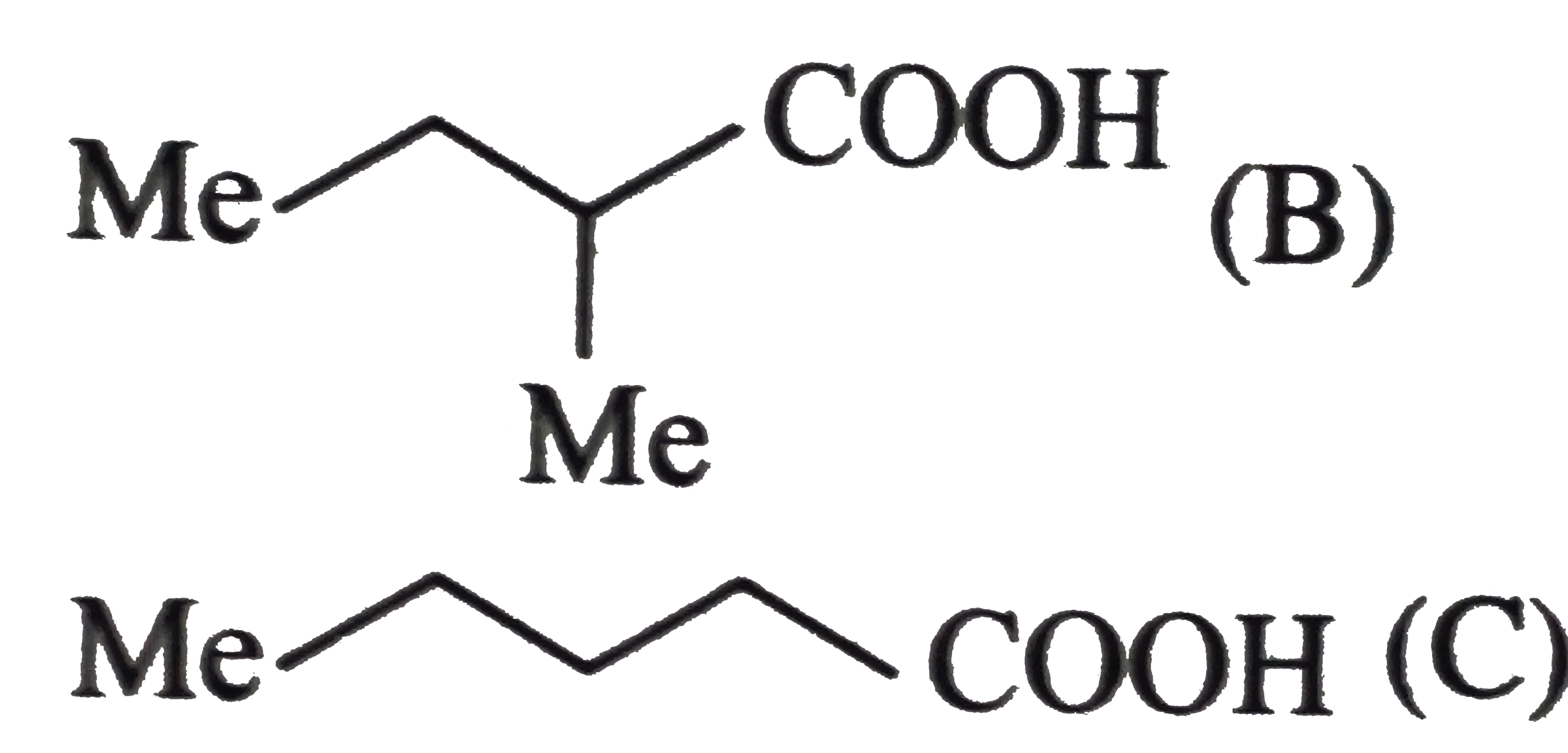Differentiate between following and give examples of each:
Active and Passive Immunity.
Step-by-Step Solution:
1. Definition of Immunity:
- Immunity is the body's ability to fight against disease-causing organisms (pathogens).
2. Active Immunity:
- Definition: Active immunity occurs when the host's body is exposed to an antigen, leading to the production of antibodies by the immune system.
- Mechanism: The immune system recognizes the antigen as foreign and mounts a response, resulting in the production of specific antibodies.
- Examples:
- Natural Active Immunity: This occurs when a person is exposed to a live pathogen, gets infected, and develops antibodies. For example, when someone contracts chickenpox, their body produces antibodies against the virus.
- Artificial Active Immunity: This occurs through vaccination, where a weakened or inactive form of a pathogen is introduced to stimulate antibody production without causing the disease. For example, the measles vaccine.
3. Passive Immunity:
- Definition: Passive immunity occurs when antibodies are transferred to an individual from another source, rather than being produced by the individual's immune system.
- Mechanism: The host receives ready-made antibodies, providing immediate but temporary protection against pathogens.
- Examples:
- Natural Passive Immunity: This occurs when a mother transfers antibodies to her infant through breast milk (specifically colostrum) during breastfeeding. Colostrum contains antibodies that help protect the newborn.
- Artificial Passive Immunity: This can occur through medical interventions, such as the administration of antiserum or immunoglobulins, which contain antibodies from another individual. For example, the injection of rabies immune globulin after a rabies exposure.
4. Comparison:
- Active Immunity:
- Antibodies are produced by the host's immune system.
- Provides long-term protection.
- Examples: Natural infection (e.g., chickenpox) and vaccinations (e.g., measles vaccine).
- Passive Immunity:
- Antibodies are provided from an external source.
- Provides immediate but short-term protection.
- Examples: Colostrum from mother and antiserum injections.
- Immunity is the body's ability to fight against disease-causing organisms (pathogens).
- Definition: Active immunity occurs when the host's body is exposed to an antigen, leading to the production of antibodies by the immune system.
- Mechanism: The immune system recognizes the antigen as foreign and mounts a response, resulting in the production of specific antibodies.
- Examples:
- Natural Active Immunity: This occurs when a person is exposed to a live pathogen, gets infected, and develops antibodies. For example, when someone contracts chickenpox, their body produces antibodies against the virus.
- Artificial Active Immunity: This occurs through vaccination, where a weakened or inactive form of a pathogen is introduced to stimulate antibody production without causing the disease. For example, the measles vaccine.
- Definition: Passive immunity occurs when antibodies are transferred to an individual from another source, rather than being produced by the individual's immune system.
- Mechanism: The host receives ready-made antibodies, providing immediate but temporary protection against pathogens.
- Examples:
- Natural Passive Immunity: This occurs when a mother transfers antibodies to her infant through breast milk (specifically colostrum) during breastfeeding. Colostrum contains antibodies that help protect the newborn.
- Artificial Passive Immunity: This can occur through medical interventions, such as the administration of antiserum or immunoglobulins, which contain antibodies from another individual. For example, the injection of rabies immune globulin after a rabies exposure.
- Active Immunity:
- Antibodies are produced by the host's immune system.
- Provides long-term protection.
- Examples: Natural infection (e.g., chickenpox) and vaccinations (e.g., measles vaccine).
- Passive Immunity:
- Antibodies are provided from an external source.
- Provides immediate but short-term protection.
- Examples: Colostrum from mother and antiserum injections.
Topper's Solved these Questions
Similar Questions
Differentiate between following and give examples of each :
(a) Innate and acquired immunity (b) Active and passive immunityView SolutionDifferentiate the following and give examples of each: (a) Innate and acquired immunity (b) Active and passive immunity
View SolutionDifferentiate between the following acids :
(a)
(b) View Solution
View SolutionDifferentiate between homology and analogy. Give one example of each.
View SolutionDifferentiate between the following
Tendons and ligaments.View SolutionDifferentiate between the following.
Flora and faunaView SolutionDifferentiate between the following.
Apogamy and aposporyView SolutionDifferentiate between active and passive transport.
View SolutionDifferentiate between the following :
Amylose and AmylopectinView SolutionDifferentiate between Active and Passive Citizens.
View Solution

